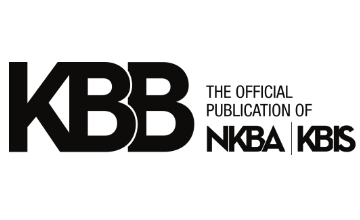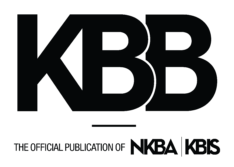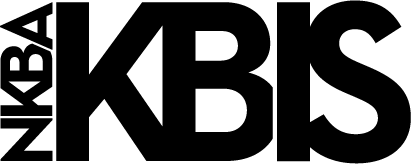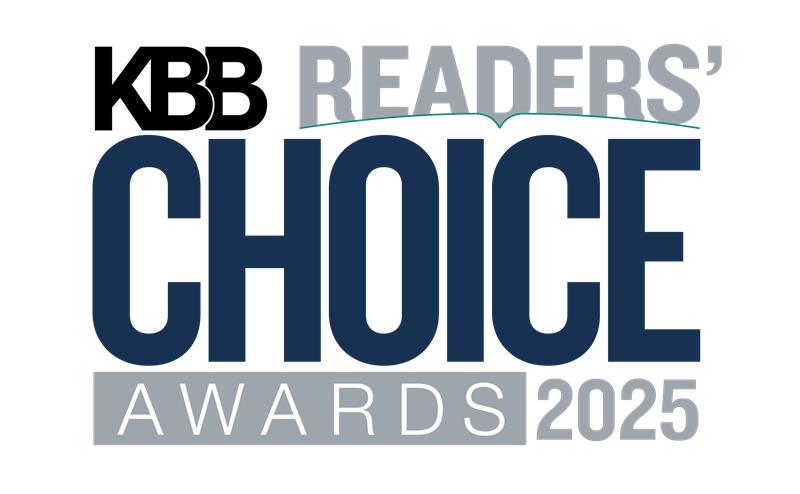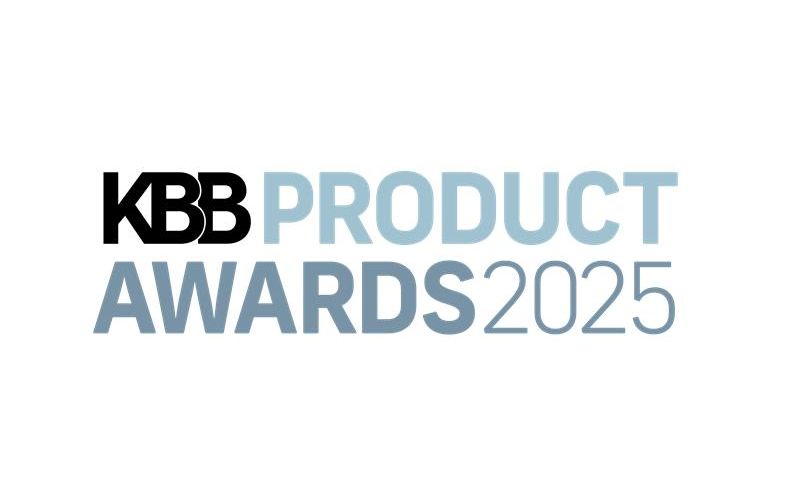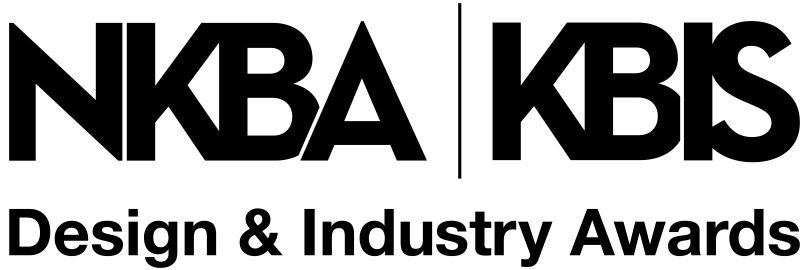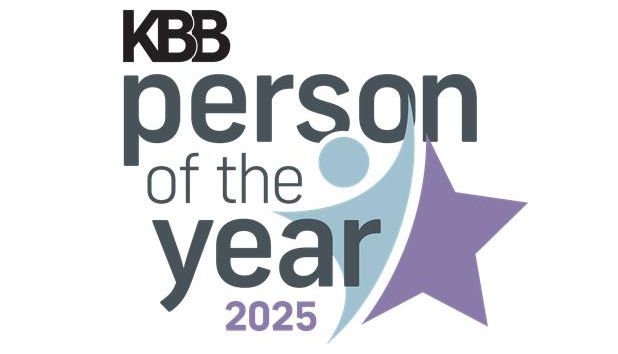The Association of Home Appliance Manufacturers (AHAM), CSA Group, and UL Environment have released AHAM 7001-2012/CSA SPE-7001-12/UL 7001, Sustainability Standard for Household Refrigeration Appliances, a voluntary sustainability standard for home appliances.
This new standard is the first in a family of product sustainability standards intended for use by manufacturers, governments, retailers and others to identify environmentally preferable products. The standard is based on a lifecycle approach for identifying the environmental impacts of refrigeration products in five key areas, including energy, materials, end-of-life, performance and manufacturing.
“The AHAM-CSA-UL collaboration represents vast experience in appliance design, manufacture and use, standards development and product lifecycle analysis,” said Joseph M. McGuire, president of AHAM. “Coupled with the critical stakeholder input, we believe this standard and others that will follow represent a strong commitment to sustainability and provide workable tools for appliance purchasers to compare the environmental attributes of appliances.”
“CSA Group is committed to developing standards for evaluating and communicating environmental information for products and services that help advance environmental performance and consumer knowledge,” said Bonnie Rose, president, standards, CSA Group. “Working together on the task force for sustainability of household refrigeration appliances, we have jointly developed the first of many new product standards that look at the environmental impact of products across their full lifecycle.”
Throughout the standards development process, a cross-section of stakeholders, including the U.S. Environmental Protection Agency, Environment Canada, The Sustainability Consortium, Consumers Union and retailers such as Sears, Best Buy and Lowe’s, as well as environmental groups, including the Carbon Disclosure Project, were engaged to ensure the standard is credible and compatible with existing government and retailer initiatives.
“The notion of product safety as we know it is evolving and expanding,” said Sara Greenstein, president of UL Environment, a business unit of UL. “Increasingly, consumers are concerned about the lifecycle-based environmental impacts of the products they buy and use in their homes. Appliances are no exception.”
